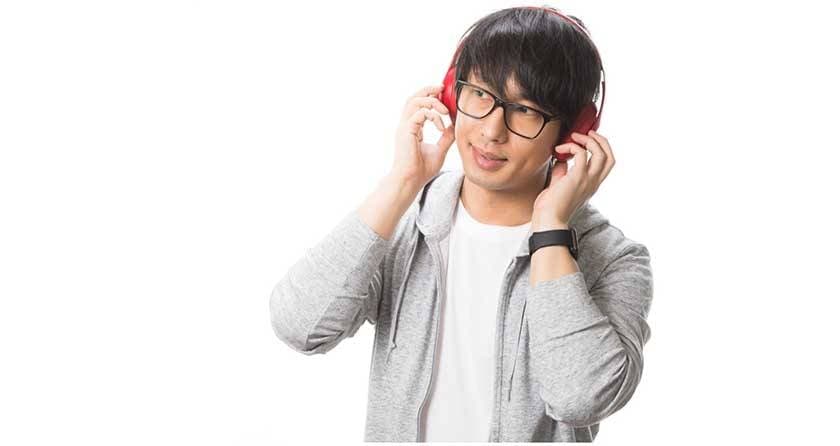
At the end of 2021, Kaze Fujii made a major breakthrough by performing at NHK’s annual Kōhaku Uta Gassen. His music captivates listeners with a blend of various genres, impressive vocal techniques, and unique sound. Kaze Fujii hails from Okayama, and his lyrics frequently feature the Okayama dialect. Intrigued by this regional speech, I decided to gather some songs that incorporate the Okayama dialect.
■ Songs in Okayama Dialect by Professional Musicians
There aren’t many songs by professional musicians that use the Okayama dialect—making Fujii Kaze stand out even more. He seamlessly fuses Okayama dialect with jazzy chords and bouncy rhythms.
○ “Nan-Nan w” / Kaze Fujii
This song is full of Okayama dialect—truly a quintessential Kaze Fujii track. “Nan-Nan” translates to “What is it?” in standard Japanese and can carry meanings like “What are you doing?” or “What’s going on?” Similar to Osaka’s “Nan-yanen,” it can also be used as a retort depending on the situation.
The ‘w’ at the end likely represents laughter (like ‘lol’), but it’s ambiguous whether it’s directed at someone else or at the singer’s own feelings. It could also imply a self-deprecating humor.
One of my favorite lines is: “Sakigakete washi wa yūta ga.” ‘washi’ is a way of saying ‘I’ that older people around me also use. “Yūta ga” isn’t common, but phrases like “Itta ga” or “Sogeda ga” are. Since I live in Yonago, Tottori, which is close to Okayama, maybe our dialects influence each other.
This song is quite tricky to sing due to its syncopated rhythm and subtle pitch changes, but somehow, the Okayama dialect makes it easier to groove to. Standard Japanese feels too rigid—for example, if the words “Sore wa nan-nan sakigakete washi wa yūta ga” is translated into standard Japanese; “Sore wa nan na no, mae motte boku ga itta desho,” the rhythm doesn’t fit as naturally. In my hometown’s Yamanashi/Kōshū dialect, it would be; “Sore wa nanzura, mae motte ore ga itta janke”... That sounds so uncool...
○ “O.NO.RE” / Koshi Inaba
This song features the Okayama dialect in the line: “Yaritakya yarya eenja yarya eenja, yarazu ni kuyamu yorya ee.” “Eenja” is Okayama dialect, where ‘ee’ means ‘good’. His singing is so cool that it doesn’t sound much like a dialect at all. His shirtless performance is just too cool!
Koshi Inaba, a native of Tsuyama, Okayama, likely found it natural to include his hometown dialect. He also gives off a similar aura to Kaze Fujii—both have sharp gazes and are quite tall.
○ “Mongee Okayama!” / Yuki Katsuragi
Yuki Katsuragi is famous for her husky-voiced performance of “Bohemian,” which was incredibly cool. She was born in Takahashi, Okayama, and sings a song called “Mongee Okayama!” ‘Mongee’ means ‘amazing’ or ‘incredible’, so this song introduces various ‘mongee’ aspects of Okayama, such as peaches, Musashi Miyamoto, Momotaro, and the region’s many sunny days. Interestingly, Musashi Miyamoto’s birthplace is disputed between Miyamoto Village in Eastern Okayama and Kakogawa City in Hyogo. I had always assumed it was Kakogawa, but it seems the Okayama claim is more widely recognized.
Personally, I think Okayama’s ‘mongee’ person is Yasuharu Ōyama, a legendary shogi player. Besides being incredibly skilled at shogi, his psychological warfare tactics to intimidate opponents were also remarkable!
■ Mongee People Singing in Okayama Dialect on YouTube
○ “Usseewa” Okayama Dialect Ver. - feelNEO Kirara
Their singing is ‘mongee-ly’ impressive (am I overusing ‘mongee’? I can’t help it because I love it!). The lyrics are displayed with Okayama dialect parts highlighted in red, making it easy to follow.
○ “Homura” Okayama Dialect Cover - Bienari Movie
This song highlights Okayama’s delicious grapes and peaches. It also introduces tourist spots and mentions how buses, elevators, and vending machines in Kojima are designed like jeans! This video serves as a great pre-travel study guide for Okayama.
○ “Okayama People’s User Manual” - Mayuno Hibi
A fun song that explains Okayama’s characteristics. Apparently, Momotaro gets captured in winter, and Okayama has a high number of sunny days. It seems Ōte Manjū is more popular than Momotaro’s Kibidango. The gentle singing style makes it easy to watch—and strangely addictive.
■ Bonus: A Song in My Hometown’s Kōshū Dialect
○ “Kōshū Dialect Radio Taiso No.1” - Kai City Official
Since I found this mongee-ly amusing, let me introduce a song from my hometown, Yamanashi! It’s Radio Taiso (calisthenics) in thick Kōshū dialect, and it’s hilarious. The phrases sound just like my mom’s speech, such as: “Chobichobi shichoshi” → “Stop fooling around!”, “Yakkoku” → “Gently”, “Nejiru dayo” → “Twist it”, and “Hikkurikeecchoshi” → “Don’t fall over!” It’s so intensely dialectal that it’s a bit embarrassing. But oddly, I’ve never heard or used ‘Kopitto’ before—strange...
■ Okayama Dialect is Cool!
After researching, I realized that the Okayama dialect has a really cool sound. It also seems well-suited for lyrics, flowing naturally in songs. I particularly love ‘mongee’, so I plan to casually sprinkle it into my conversations from now on!
The “sound & person” column is made up of contributions from you.
For details about contributing, click here.











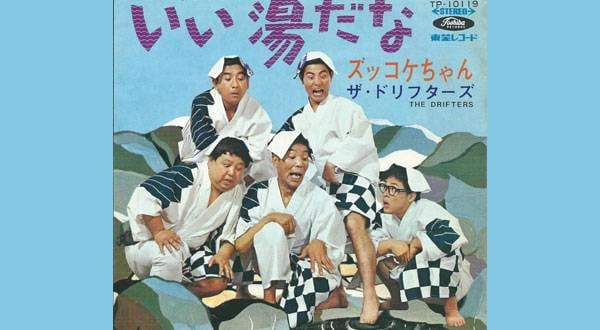
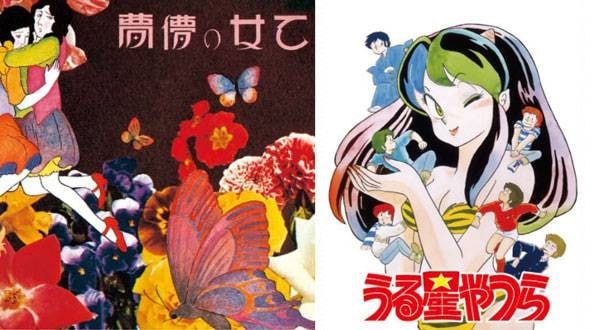

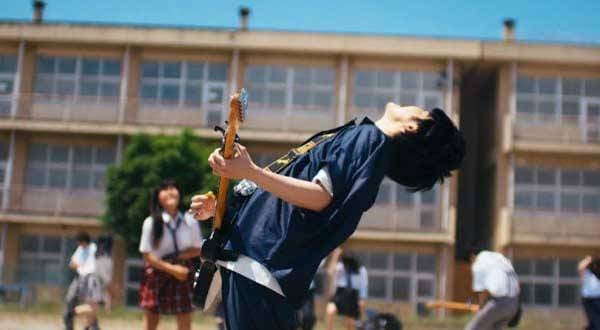
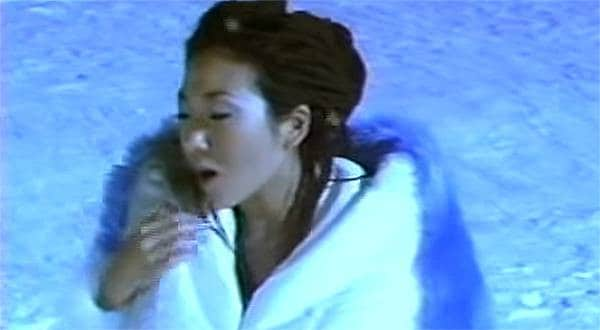
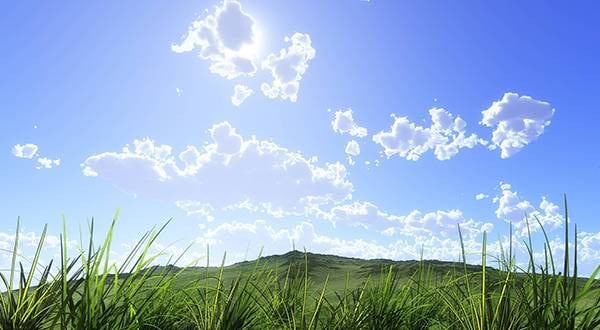
 MXLマイク購入ガイド
MXLマイク購入ガイド
 AKG マイク特集
AKG マイク特集
 AUDIXマイク購入ガイド
AUDIXマイク購入ガイド
 K&M マイクスタンド比較表
K&M マイクスタンド比較表
 ワイヤレスマイクロホン
ワイヤレスマイクロホン
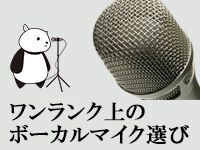 ワンランク上のボーカルマイク選び
ワンランク上のボーカルマイク選び















